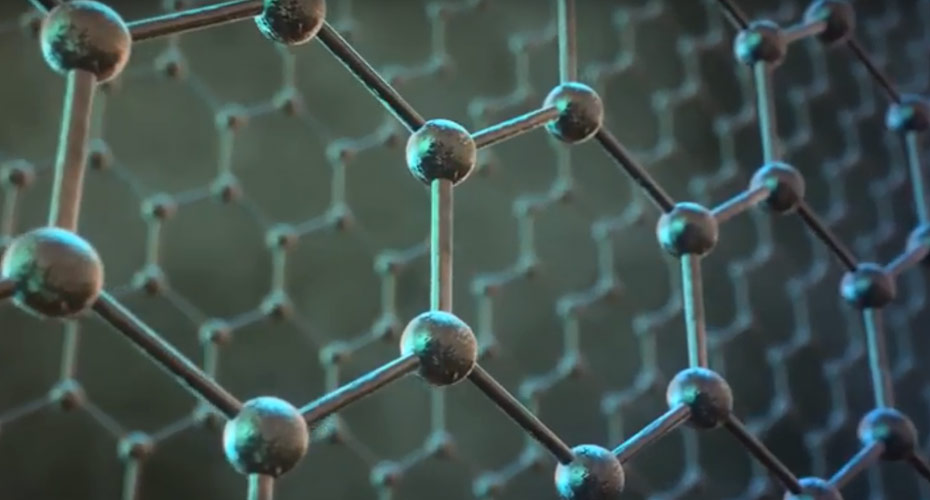Graphene and 2D Materials and Devices
Graphene, 2D Materials and Devices
2D materials are an emerging generation of nanomaterials which consist of only one or few atomic layers. They possess extraordinary properties such as exceptional mechanical flexibility and optical transparency, as well as a wide variety of electronic properties that can provide us with insulators, semiconductors and outstanding electrical conductors. At Exeter we investigate 2D materials such as graphene, functionalised graphene, dichalcogenides and harness their unique properties for applications in smart textiles, photonics, flexible electronics, solar energy, biosensing and more.
We exploit the extraordinary performances of 2D materials in devices such as photodetectors, solar cells, light emitting devices, flexible large area electronics and optoelectronics.

We are currently establishing new technologies for flexible, transparent, wearable and textile-embedded devices, with applications in the medical sector as well as displays and touch sensors for wearable information and communication devices.

Here our work spans from quantum transport studies in nanoelectronic devices for uncovering the novel extraordinary properties of 2D materials to their applications in nanoelectronics and nanophotonics.

NEST provides the engineering input to the University of Exeter’s Centre for Graphene Science (CfS) – for more information see their website.

People
NEST academics working in the area of graphene and 2D materials and devices include the following:

